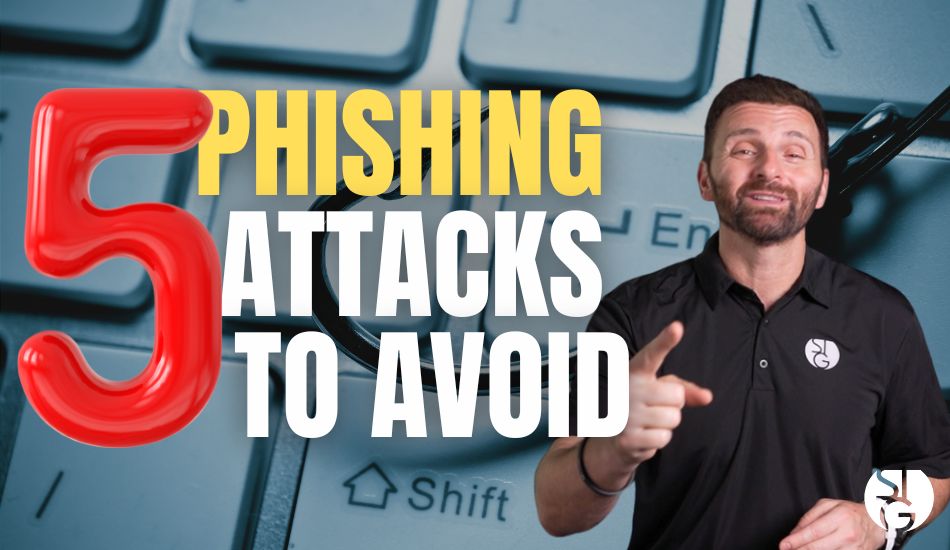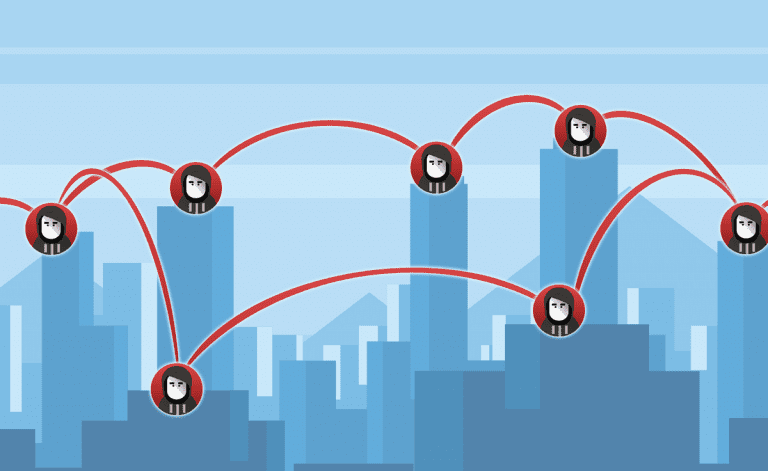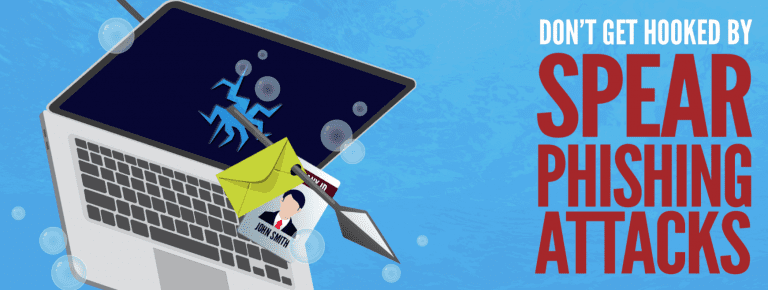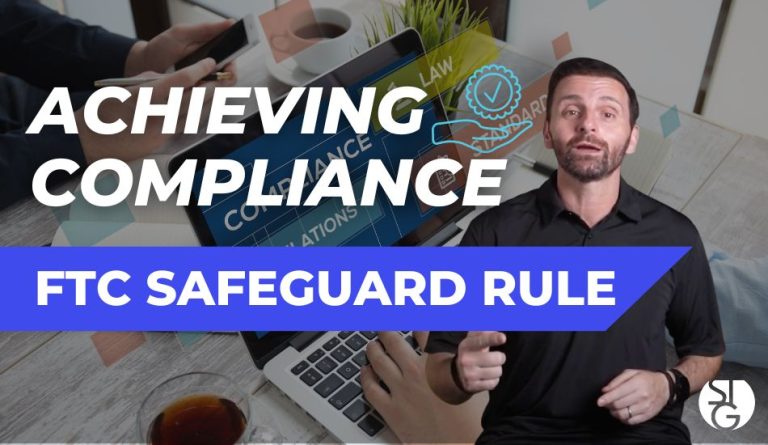Phishing is becoming one of the most highly reported cybercrimes in history, and some people still have no idea what it is. Learn more so you don’t fall for phishing! Protect your business from 5 types of attacks. Have you ever woken up to an urgent email from your CEO, demanding a time-sensitive financial transaction? Only to find out it’s a scam. How are these cyber criminals able to orchestrate such elaborate deceptions?
It’s time to understand Phishing and how you can shield yourself and your business from these 5 types of attacks. Because staying informed is staying ahead.
What is Phishing?
If you have an email account, you’ve probably encountered phishing emails whether you knew it or not.
Phishing emails come in all shapes and sizes. It’s the type of cybercrime that tricks users into clicking on malicious links and isn’t limited to your email inbox anymore.
You can see them in your SMS messaging or even voice messages.
And once you click on these deceptive links, your personal information and sensitive company data become fair game for cybercriminals.
Types of Phishing Risks
To truly protect yourself and your business, it’s essential to understand the different types of phishing attacks you might face. Let’s explore these five common types:
Business Email Compromise (BEC)
Business Email Compromise or BEC is when an attacker impersonates high-ranking executives or trusted colleagues in your organization.
These emails are often marked as “Urgent” and request some form of payment or sensitive information.
“Buy 3 $100 gift cards for a client while I’m in a meeting, and I’ll pay you for it later!” Or “I was locked out of our Google Ads account, please send login information now!”
These bad actors exploit the authority and trust associated with these roles to convince victims to act fast, resulting in financial losses for them or your organization.
Attacks like this are common for new hires, so informing someone of phishing scams should be a crucial part of onboarding.
SMS Phishing
SMS Phishing, otherwise known as Smishing, involves fraudulent SMS messages that attempt to trick users into revealing sensitive information or clicking on malicious links.
These messages often impersonate trusted brands or services and use urgency or incentives to manipulate victims into taking action.
Be on the lookout for any suspicious texts from delivery services or banks requesting an action.
QR Phishing
Next, let’s talk about QR phishing.
QR code phishing involves embedding malicious URLs within QR codes found on unsuspecting objects like business cards, product packaging, or even physical displays.
When users scan these QR codes with their smartphones, they unknowingly give attackers access to their devices, login credentials, or install malware.
Be wary of QR codes found in public. Apply the same type of skepticism as email links. When you scan the code, before clicking on the link, make sure it is coming from a legitimate site.
Voice Phishing (Vishing)
Voice Phishing is the type of phishing conducted over the phone.
Attackers use Voice over Internet Protocol, known as VoIP, to spoof phone numbers and pretend to be a known organization or person.
They rely on social engineering tactics to extract sensitive information and often target your employees’ trust and familiarity with specific contacts.
HTTPS Phishing
And the last type of phishing to mention is HTTPS.
HTTPS phishing exploits a user’s trust in what they know to be secure websites.
Attackers register their own malicious websites with SSL certificates, which display as “HTTPS” with a padlock icon, to give the appearance of security.
Victims, who think they are on a legitimate site, will enter sensitive information and end up handing over data directly to cybercriminals.
An example of this happened in 2014 when Sony employees received emails from what they thought was Apple asking them to verify their accounts. The link led users to a website almost identical to Apple’s. Those who fell for this fake website and entered sensitive information led to hackers infiltrating the company to steal logins, passwords, and other data.
How to Prevent Phishing
The big question is how can you prevent falling victim to these deceptive tactics? Well, it takes a comprehensive approach.
- Employee Education
Training your employees to recognize phishing attempts is key. After all, the best defense is a good offense. But it doesn’t stop there.
Educate your staff about the warning signs of phishing across various channels.
Offer security awareness training to them and test their knowledge with a series of phishing-test emails.
- Secure Web Gateway (SWG)
Implement a next-gen Secure Web Gateway or SWG to block malicious URLs and ensure safe internet usage.
- Mobile Threat Defense (MTD)
Protect both managed and unmanaged devices with advanced anti-phishing capabilities.
- Endpoint Detection and Response (EDR)
Employ Endpoint Detection and Response solutions to detect and respond to phishing attacks.
The Impact of Phishing Attacks
The consequences of falling for a phishing attack can be severe. These attacks are often just the tip of the iceberg for more advanced cyber threats and are becoming more advanced.
Hackers can steal credentials, take over legitimate accounts, disrupt operations, and wreak havoc on regulatory compliance.
It’s essential to always take these threats seriously.
If you’re looking for expert guidance and support to safeguard your business, contact one of our experts.
We offer Managed IT Services in Los Angeles and can keep your business safe and your employees informed.
Check out our last video! ➡️ The Importance of Cybersecurity in Major Sporting Events
Phishing is a big deal and can take professional experience to overcome. If you’d like some expert help securing your business feel free to set up a call with one of our expert technicians via the Calendly link below. We’d be happy to discuss solutions with you.
Click here to schedule a free 15-minute meeting with Stan Kats, our Founder and Chief Technologist.
STG IT Consulting Group proudly provides IT Services for Small to Medium Businesses in Greater Los Angeles. We’d love to see if we can help you too!





